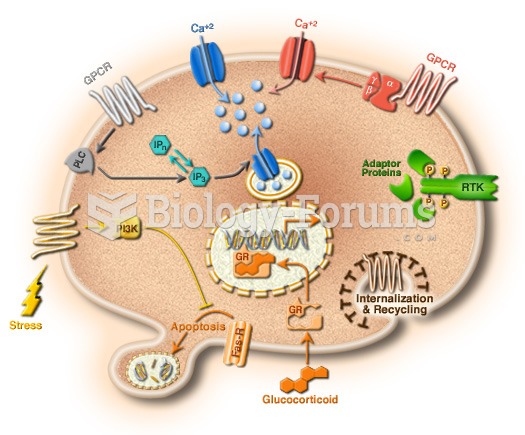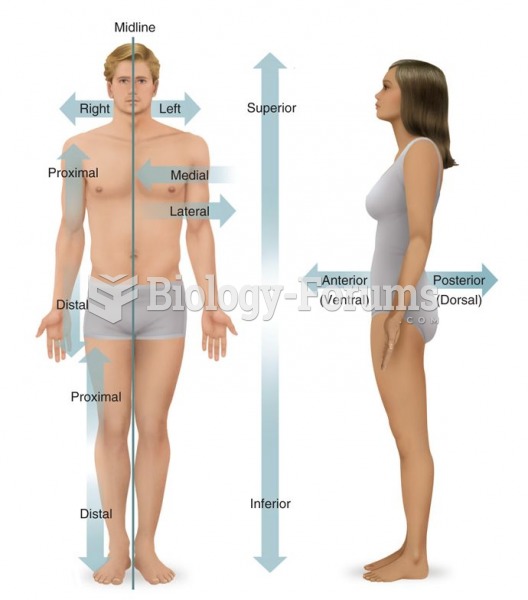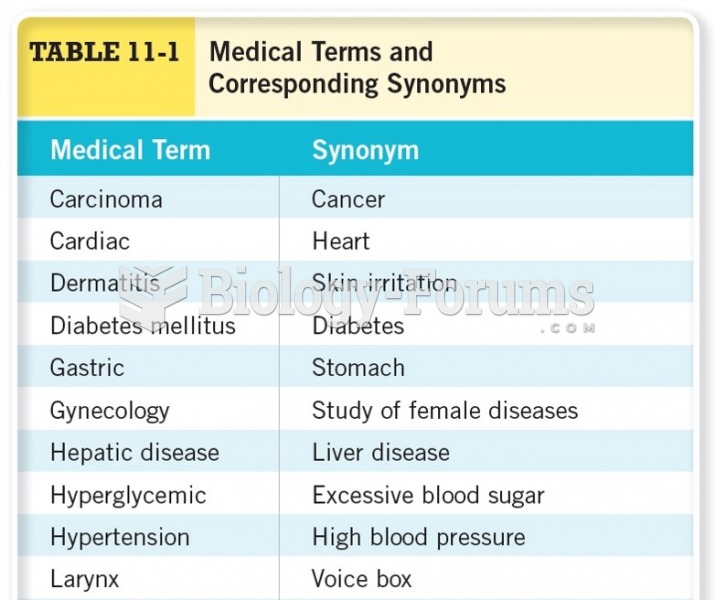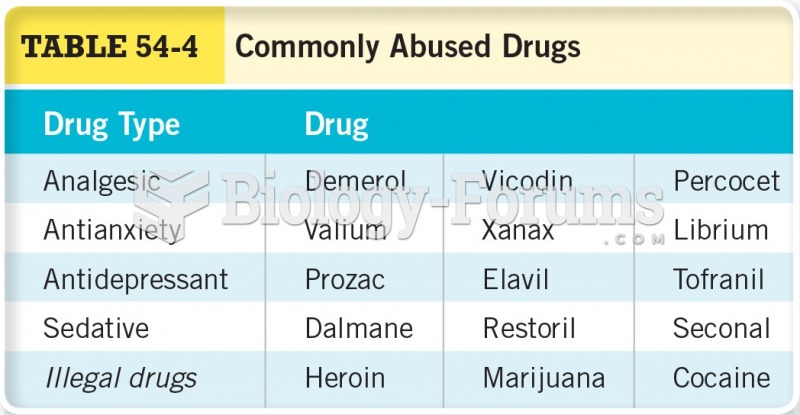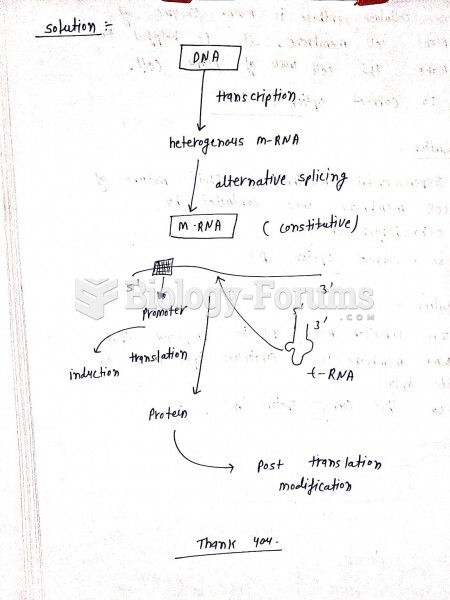Answer to Question 1
Back Office. Interface between POS and back office, generating management reports that can include accounting, inventory, and payroll.
Banked Server. A server who handles transactions directly for the guest without going through a cashier. The server will typically start with a personal bank of 40.00 (his or her own money) in change, consisting of four 5 bills, 15 or 18 1 bills, and the balance in coins.
Electronic Draft Capture. A cashier or server swipes the guest's credit card at the POS terminal. Then, automatic processing of credit card authorization through a processing network takes place, followed by consolidation of daily transactions for single batch transmission to the bank for fund settlement.
PCI-CISP Compliant. Certification issued by the payment card industry for hardware devices, software applications, and security of networks used in the capture and handling of electronic payments and cardholder data.
Menu Engineering. Using the information gathered from POS and inventory management to
compose a mix of menu items for maximum variety, price, and profit.
Modifiers. Instructions for food preparation; for example, on the side, medium, or rare.
Outlet. A specific area of the restaurant, such as an outdoor patio or bar in which sales are
generated independently from the restaurant and represent a separate revenue center.
Requisition Printer. The device that prints out the entire order once it has been entered into the
POS system.
Terminal. Refers to the device the server uses to enter sales. It could be at a fixed location or a handheld remote mobile device.
CRM (Customer Relationship Management). Software application which consists of a database
of data points collected about specific customers. Data can be queried to customize marketing
messages to guests meeting specific criteria. For example, display the e-mail address of
guests who have visited the restaurant five times in the past but have not visited in the last 90
days.
Up-Selling Prompts. Prompts that are installed into a POS system that serve to encourage the server to suggest additional items, such as appetizers, desserts, and beverages. For example, beverage prompts: When a menu item is ordered, it immediately goes to a beverage screen that is designed to increase beverage sales. This is a forced screen, which means that the server is forced to respond to this screen by suggesting a beverage.
Answer to Question 2
Salad Bars - The server, once having taken the guests' food and beverage order, invites them to visit the self-service salad bar. Salads bars can be limited to lettuce and a few fresh vegetables to extensive offerings that include fresh fruits, sliced and grated cheeses, a variety of prepared salads, anchovies, pickled herring, seasoned croutons, bacon bits, assorted crackers, bread sticks, etc.
Dessert Tables and Carts - Dessert tables are typically set up for guests to serve themselves. A dessert cart, with a display of desserts, is rolled to the side of the table by the server and offered for guests' selection.


